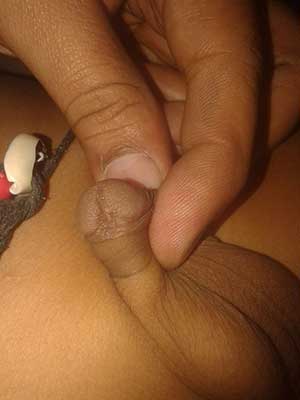Hypospadias: Causes, Symptoms, Treatment, and FAQs
Hypospadias is a congenital condition, which means it is present at birth. It occurs when the urethral opening is not located at the tip of the penis but instead on the underside of the penis, the shaft, or the scrotum. In some cases, the opening may be located at the base of the penis.
The severity of hypospadias can vary from mild to severe. In mild cases, the urethral opening may be slightly displaced, while in severe cases, the opening may be located near the scrotum.
Treatment of hypospadias
Surgery is the most common treatment for hypospadias. The type of surgery needed depends on the severity of the condition. In mild cases, a single-stage repair may be performed, which involves repositioning the urethral opening and correcting any curvature of the penis. In more severe cases, a multi-stage repair may be necessary, which involves creating a new urethral opening and using tissue grafts to reconstruct the penis.
It is essential to seek medical attention for hypospadias as it can cause problems with urination, sexual function, and psychological well-being if left untreated. Your doctor can provide more information about your specific treatment options.
Frequently Asked Questions
Q: What is hypospadias?
A: In cases of hypospadias, the urethral opening is not situated at the normal location on the tip of the penis but rather on the underside of the penis or, in some cases, on the shaft or scrotum, which is a congenital condition.
Q: What are the symptoms of hypospadias?
A: Symptoms of hypospadias include an abnormally placed urethral opening, a curved or downward-bent penis, and difficulty urinating while standing.
Q: How is hypospadias diagnosed?
A: Hypospadias is diagnosed through a physical examination by a doctor.
Q: What causes hypospadias?
A: The exact cause of hypospadias is not known, but it is believed to be due to genetic and environmental factors.
Q: How is hypospadias treated?
A: The treatment approach for hypospadias may vary based on the severity of the condition. Typically, surgical intervention is required to reposition the opening of the urethra and straighten the penis.
Q: What is the success rate of hypospadias surgery?
A: Hypospadias surgery success rates can vary depending on the extent of the condition and the surgeon’s level of expertise. However, the overall success rate is usually quite high, and most patients report normal urination and satisfactory sexual function post-surgery.
Q: Are there any complications associated with hypospadias surgery?
A: Complications of hypospadias surgery can include infection, bleeding, scarring, and a recurrence of the condition. However, these complications are rare and most patients have good outcomes after surgery.

